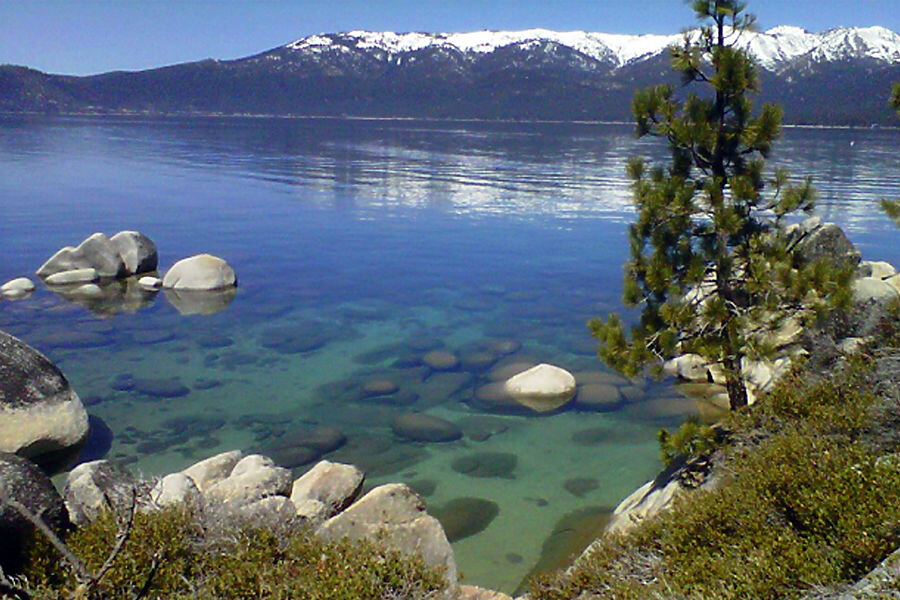Why Obama is going to Lake Tahoe and Hawaii
Loading...
| Washington
President Barack Obama is opening a two-day environmental tour aimed at showcasing conservation efforts before traveling to Asia, where climate change is high on the agenda for his final trip to the region.
In Nevada on Wednesday, Obama plans to visit Lake Tahoe and speak at a summit dedicated to the iconic lake's preservation. Senate Minority Leader Harry Reid, who like Obama is in his final year in office, has hosted the summit for 20 years and asked Obama to attend. The president planned to hail federal and local collaboration on environmental protection while announcing modest new steps on clean energy and climate resilience.
After his brief stop in the desert, the president will head to lusher terrain in Honolulu, where he plans a speech to a gathering of leaders of island nations in the Pacific Ocean. The setting provides Obama a chance to emphasize a theme he's returned to frequently in his climate campaign: that remote areas like small islands are the most vulnerable to rising sea levels and should help lead the fight to slow global warming.
To that end, Obama on Thursday planned an unusual presidential visit to Midway Atoll, a speck of land halfway between Asia and North America. Part of the U.S. Minor Outlying Islands, Midway played a key role for the U.S. military in World War II and was the site of a pivotal battle with Japan. Midway sits inside the Papahanaumokuakea Marine National Monument, which President George W. Bush created and Obama expanded ahead of his trip to make it the world's largest protected stretch of ocean.
During an afternoon on the island, managed by the U.S. Fish and Wildlife Service, Obama planned to get briefed on the environmental characteristics on the island. The White House said he also would "interact directly with the wildlife." More than 7,000 species can be found there, including many that exist only in that region.
Obama's emphasis on dealing with climate change comes at a time when more Americans agree that something should be done. Sixty-five percent of Americans say human activities are responsible for climate change, the highest reading ever according to a Gallup poll published in May. And 64 percent of Americans say they are worried a great deal or a fair amount about climate change, the highest percentage since 2008.
The Christian Science Monitor reports that there's a national shift in American attitudes about and understanding of climate change.
Since 2015, the number of Americans who credit human activities with climate change has increased from 55 to 65 percent, and the number of Americans concerned about climate change has increased from 55 to 64 percent. A smaller increase (from 37 to 41 percent) is seen in the Americans who believe global warming will pose a serious threat in their lifetime increased, based on 1,019 American adults surveyed by Gallup in 50 states.
Obama's conservation tour comes at the start of a busy trip to Asia, Obama's final as president and one of his last opportunities to lock in his administration's seven-year effort to expand U.S. engagement with Asia, including trade ties and cooperation on climate.
In China to attend the Group of 20 major economies summit, Obama planned to hold a formal meeting with Chinese President Xi Jinping, who has become Obama's unlikely partner in pushing for global action on climate. Environmental groups have been pushing Obama and Xi to use the visit to formally enter their nations into the sweeping global climate deal struck in Paris last year.
Before returning to Washington, Obama also was to become the first sitting president to visit Laos, where he'll meet with the country's leaders and attend a pair of regional summits.







